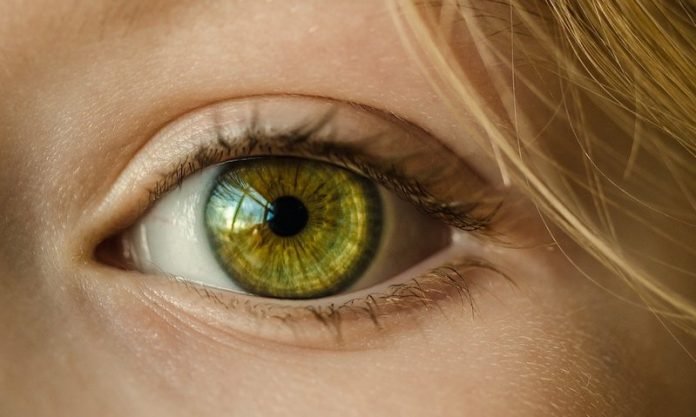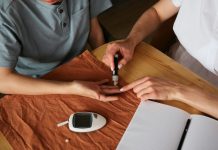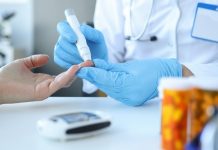
Retinal damage due to diabetes is now considered the most common cause of blindness in working-age adults.
In a new study, researchers found that an eye examination via smartphone could help to detect changes at an early stage.
The research was conducted by scientists from the University of Bonn and elsewhere.
One of the most dangerous long-term complications of diabetes is vascular damage.
In the eye’s photosensitive layer, the retina, this also impacts the capillaries. This network of small vessels supplies the sensory cells with oxygen and nutrients.
If it deteriorates, abnormal new vessels form instead and further harm the damaged retina. Left untreated, this often results in loss of vision and ultimately blindness.
If such retinopathy is recognized and treated in time, vision loss can often be prevented.
The team says an important aspect of therapy is better to control of diabetes; in addition, it is also possible to treat the undersupplied retina with laser light before further problems occur.
Laser treatment destroys the undersupplied retina so that it can no longer cause problems by releasing growth factors.
These can otherwise cause the formation of abnormal vessels and fluid accumulation in the retina.
It is estimated that eight out of 10 people with diabetes worldwide live in developing and emerging countries, which often have a poorly resourced health system.
Systematic retinal screening of diabetics is therefore usually not possible in these countries.
This could be overcome by using devices that were actually designed for a completely different purpose—smartphones.
The increasingly affordable devices nowadays usually come with high-quality cameras. And these are surprisingly useful for diagnosing diseases of the retina.
In the study, the researchers compared four different approaches aimed at enabling ophthalmoscopy with a standard mid-range smartphone.
Not all of them fulfilled this promise equally well.
The best result was achieved by an adapter with an additional lens that is attached to the smartphone. It allowed almost 80% of eyes with any retinal changes to be detected, even in the early stages. Advanced damage could even be diagnosed 100% of the time.
The researchers hope that their work will improve eye care in developing and emerging countries.
One author of the study is Dr. Maximilian Wintergerst from the Department of Ophthalmology at the University Hospital Bonn.
The study is published in the journal Ophthalmology.
Copyright © 2020 Knowridge Science Report. All rights reserved.



